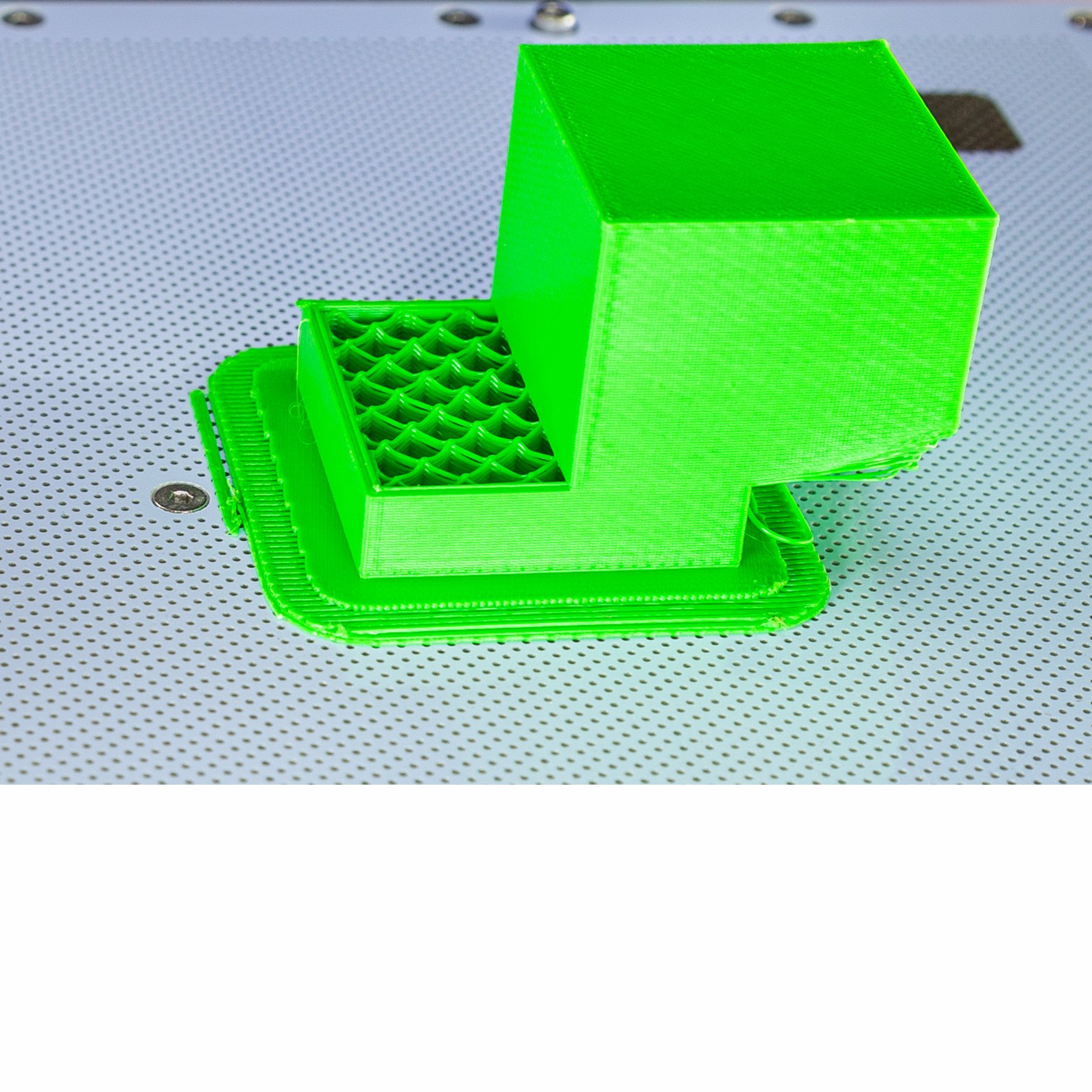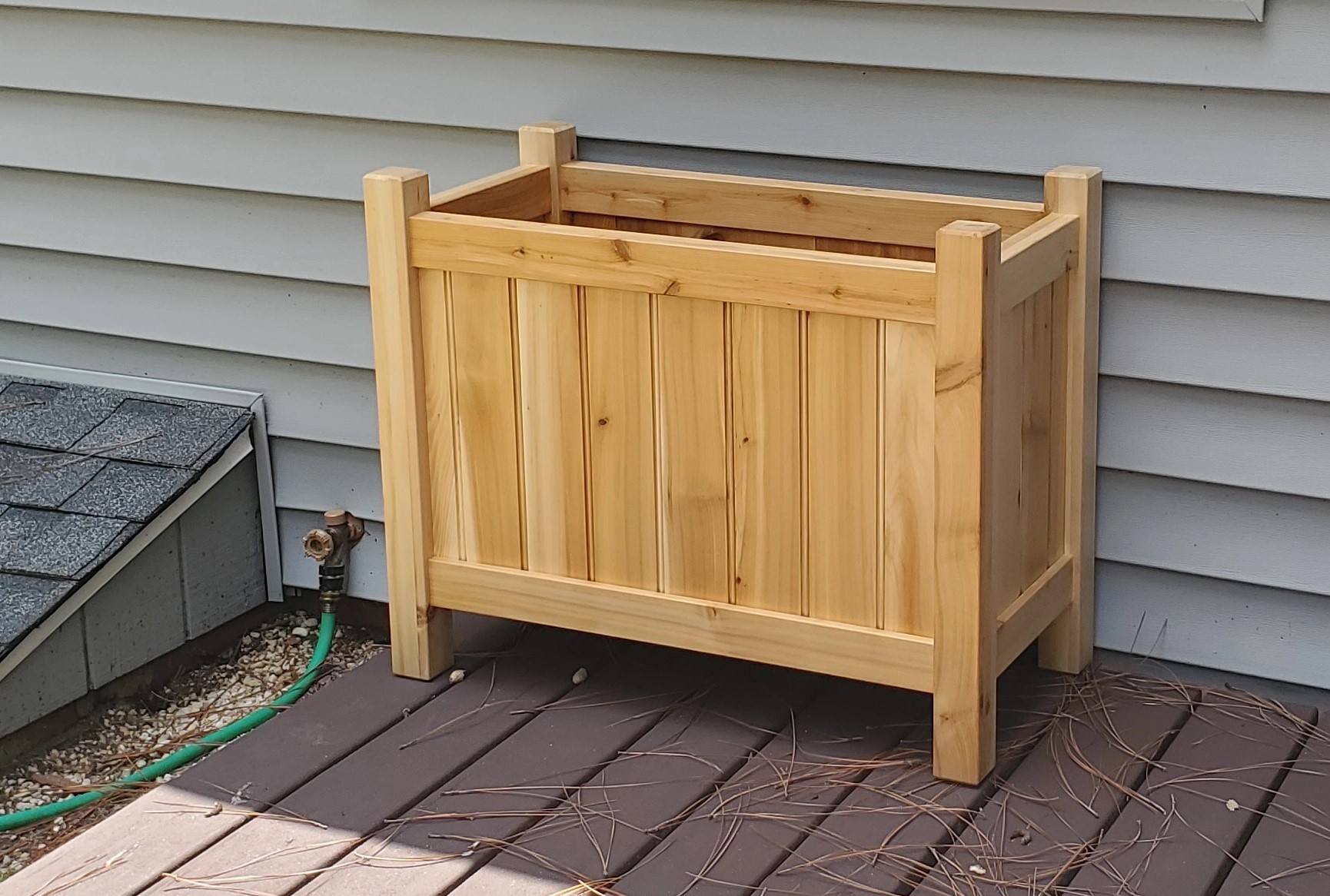Get a hear rate monitor and do High Intensity Interval Training (HIIT). It’s by far the fastest way to increase your stamina if you’re untrained and even if you are trained it’s a very effective means of increasing your stamina.
While significant improvements in endurance performance and corresponding physiological markers are evident following submaximal endurance training in sedentary and recreationally active groups, an additional increase in submaximal training (i.e. volume) in highly trained individuals does not appear to further enhance either endurance performance or associated physiological variables [e.g. peak oxygen uptake (V . O 2peak), oxidative enzyme activity]. It seems that, for athletes who are already trained, improvements in endurance performance can be achieved only through high-intensity interval training
It is generally believed that in sedentary (VO 2max <45 ml/kg/min) and recreationally active individ- uals (VO 2max ≈ 45 to 55 ml/kg/min), several years are required to increase VO 2max to that of the highly trained athlete (VO 2max > 60 ml/kg/min). [21,42] However, Hickson et al. [43] showed, in eight sedenyary and recreationally active individuals, that VO2max could be markedly increased (+44%; p < 0.05) after 10 weeks of high-intensity exercise training (alternating 40 minutes cycling intervals at VO 2max 1day, with 40 minutes high-intensity running the next, 6 d/wk







Yes. I epoxy filled some voids in a wood top for a desk I made a few years back. I used frog tape (fancy masking tape) on the bottom and it worked fairly well. Some epoxy still escaped and some of the tape was a bit difficult to get off. Be sure you do this over something like waxed paper for easier cleanup.
Like you, I tinted my epoxy black.
I used disposable cups for measuring, measured by weight on a digital scale (don’t forget to weigh an empty cup), and mixed with a popsicle stick. Pour on the top around the cracks. Don’t go too nuts on the first pour and let it fully cure. It will work its way into the cracks if you’re using a crack filler - that stuff is very thin. Why not go big on the first pour? It will minimize the mount of leakage you get on the backside.
I sanded the top down afterwards and finished as per usual. The fill is very low key, which is what I wanted.
Pic of the desk being used. Look for the black between the boards.